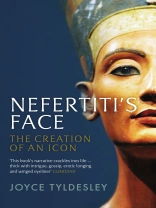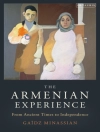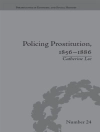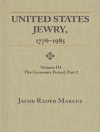More than three thousand years ago a sculptor working in the royal city of Amarna carved a limestone bust of an Egyptian queen. The queen was Nefertiti, consort of the ‘heretic pharaoh’ Akhenaten. Plastered and painted, Nefertiti’s bust depicted an extraordinarily beautiful woman. However, Akhenaten’s reign was drawing to an end, and the royal family was soon to be written out of Egypt’s official history. Not long after its creation the stone Nefertiti was locked in a storeroom and forgotten.
In 1912 the bust was re-discovered and transported to Germany. Initially hidden from the public view, the beautiful queen was eventually displayed in Berlin Museum. Instantly, she became an ancient world celebrity.
Egypt has yielded more than its fair share of artistic masterpieces, but no other sculpture has so successfully bridged the gap between the ancient and modern worlds. The timeless beauty of the Nefertiti bust both attracts us and sparks our imagination, but in so doing it obscures our view of the past, shifting attention not only from the other members of the Amarna court, but also from other, equally valid, representations of Nefertiti herself. In this book Joyce Tyldesley explores the creation of a cultural icon, from its ancient origins to its modern context: its discovery, its display, and its dual role as a political pawn and artistic inspiration.
Sobre el autor
Joyce Tyldesley’s books include acclaimed biographies of Rameses the Great, and the queens Hatchepsut and Nefertiti. She is the author of Egypt: How a Lost Civilization Was Rediscovered, which accompanied a major BBC television series. Her books have been published all over the world. She lives in Bolton, Lancashire.












